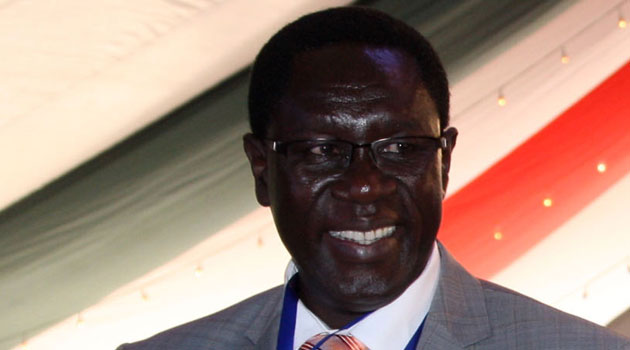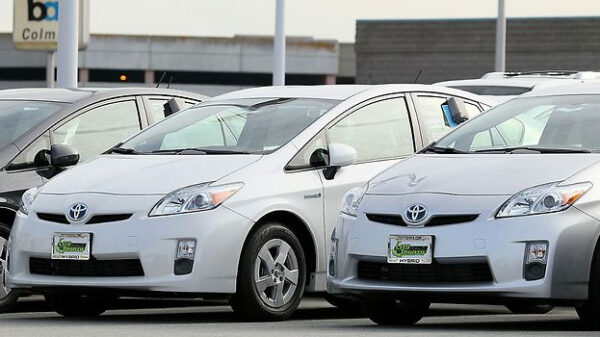
CA Director General Francis Wangusi says this is part of the Authority’s agenda to improve broadband connectivity in the country/FILE
NAIROBI, Kenya, Jun 29 – The Communications Authority of Kenya (CA) plans to connect 1,000 secondary schools with broadband in the 2016/2017 financial year.
CA Director General Francis Wangusi says this is part of the Authority’s agenda to improve broadband connectivity in the country.
Wangusi says this is a pilot test that will see all 7,000 public schools connected to broadband.
He said CA has already entered into an arrangement with the Ministry of Education to be able to identify the 1,000 schools that will start the pilot.
“We are signing an MoU soon with the Ministry of Education, probably after 7th of next month after the CA Board approves the MOU,” Wangusi explained.
Alongside the public schools the Authority is also automating libraries of all the 47 counties that are under the management of the Kenya Library Services.
The Authority is also working on enhancing access gap of communication services throughout the country.
They have plans to put the missing ICT infrastructure across the country – set to begin in September 2016 – to be completed by June 2017.
Wangusi says the implementation will see 202 sub locations that lack access to basic mobile communication infrastructure get connected.
The Authority is using the Sh1.5 billion Universal Service Fund to accomplish the project.
Some of the projects will include building of base stations, rolling out of more optic fibre as well as other putting physical infrastructure that will allow all ICT connectivity to be done.
The move follows an access gap study that was released in April 2016 by the Authority that determines the extent of communication coverage and the access levels by citizens in the telecommunications, post and courier and broadcasting sectors and the gaps in infrastructure and service coverage across all sub-locations in Kenya.
On basic mobile voice service gap, at least 164 sub-locations, mainly in the North Rift and North Eastern regions of the county remain with zero coverage with another 414 sub-locations having less than 50 percent population coverage.
According to the study, the basic mobile voice service gap has reduced to 5.6 percent of the population which is a major achievement as the gap was still 11 percent of the population in 2011.
This is largely due to expansion by the commercial operators, market forces and a well-regulated competitive sector.


































